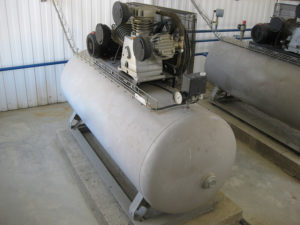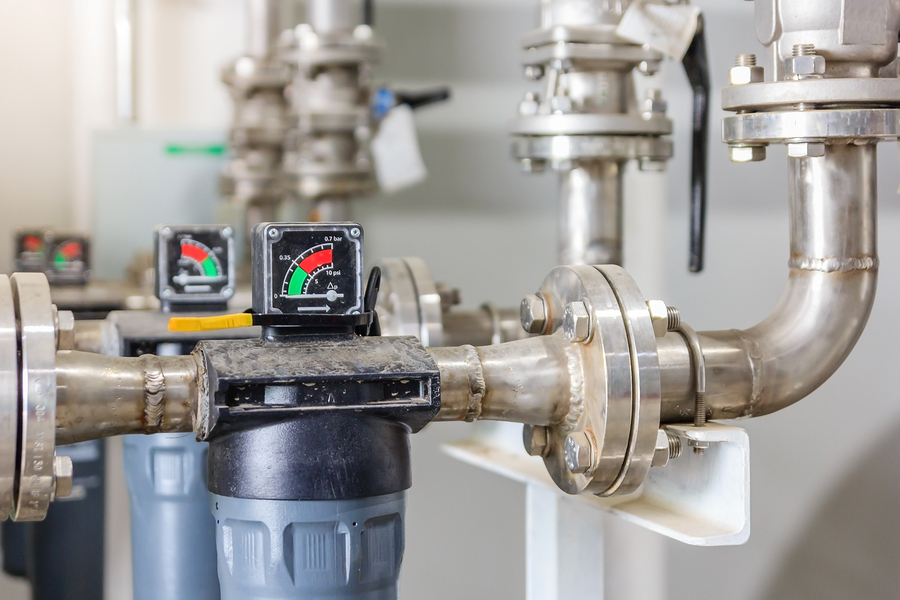Compressed air systems are everywhere in manufacturing — transportation air brakes, inflatable buildings, and even pipe organs. When pneumatic systems fail, workers can suffer injuries and business leaders can lose money and productive time finding their causes and repairing or replacing them.
If your pneumatic system isn’t operating well or has quit working altogether, follow these steps to diagnose the problem:
Consider safety.
 Faulty pneumatic systems are highly dangerous because excessive internal pressure can cause hoses, joints, and other components to explode. If the system is overhead, shore up its load first to prevent falls during inspection and repair. Turn off the electrical supply and do what you can to reduce pressure before beginning your evaluation.
Faulty pneumatic systems are highly dangerous because excessive internal pressure can cause hoses, joints, and other components to explode. If the system is overhead, shore up its load first to prevent falls during inspection and repair. Turn off the electrical supply and do what you can to reduce pressure before beginning your evaluation.
Plan your investigation.
Many system components aren’t readily observable. Use system schematics to identify the full scope, including internal and external connection locations. Evaluate the maintenance history record, too, to see if it suggests when part replacements were performed or are due. Collect the tools you need to gain access to all system elements.
Focus the investigation on determining what isn’t working.
Often, pneumatic failures manifest as general power losses — sometimes abruptly, sometimes slowly. Ask operators to detail their recent experiences with the systems. Another factor is the failure timeline: Abrupt stoppages could be results of accumulated slow leaks or completely blown parts. Also, ask operators whether the issue surfaced during machine usage. The cause would be different if the machine failed when it was turned on compared to a failure after a period of work.
Do a methodical evaluation.
 Use schematics to track your investigation through the various parts of the system from one end to the other. When connected elements branch off, follow those branches and eliminate them as causes before moving to the next inspection area.
Use schematics to track your investigation through the various parts of the system from one end to the other. When connected elements branch off, follow those branches and eliminate them as causes before moving to the next inspection area.
Record possible causes.
Not all breaches are obvious. Look for failing gaskets or eroding hoses. List each possibility as you complete the full evaluation.
Do a test check of possible causes.
Using your data, review through each potential failure cause to determine part or element sufficiency. Replace worn features and older parts, but don’t forget to track what you did. When you keep reports on repairs and the actions you took to complete them, you can better monitor your assets long term and leave recommendations for those who may be repairing your pneumatic systems in the future.
 After you’ve thoroughly investigated and tested your system, you should have discovered the problem. Still don’t have the system back in working order? Contact the experts at Global Electronic Services or call 877.249.1701 for help with pneumatic system repairs as well as all your hydraulic, industrial electronic, servo, and AC and DC motor needs.
After you’ve thoroughly investigated and tested your system, you should have discovered the problem. Still don’t have the system back in working order? Contact the experts at Global Electronic Services or call 877.249.1701 for help with pneumatic system repairs as well as all your hydraulic, industrial electronic, servo, and AC and DC motor needs.